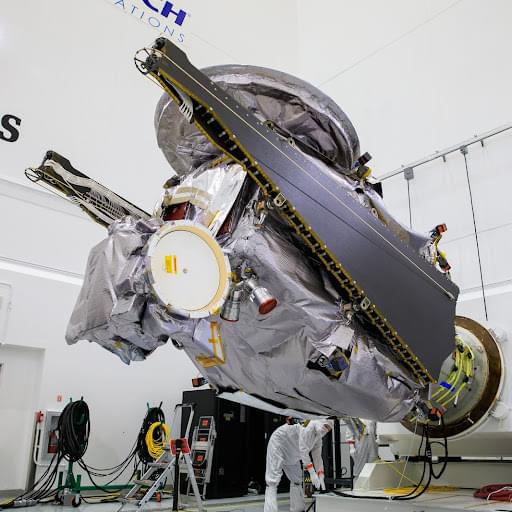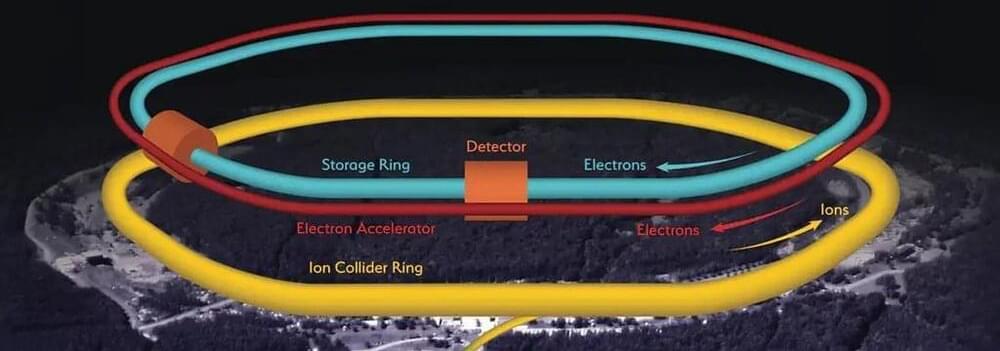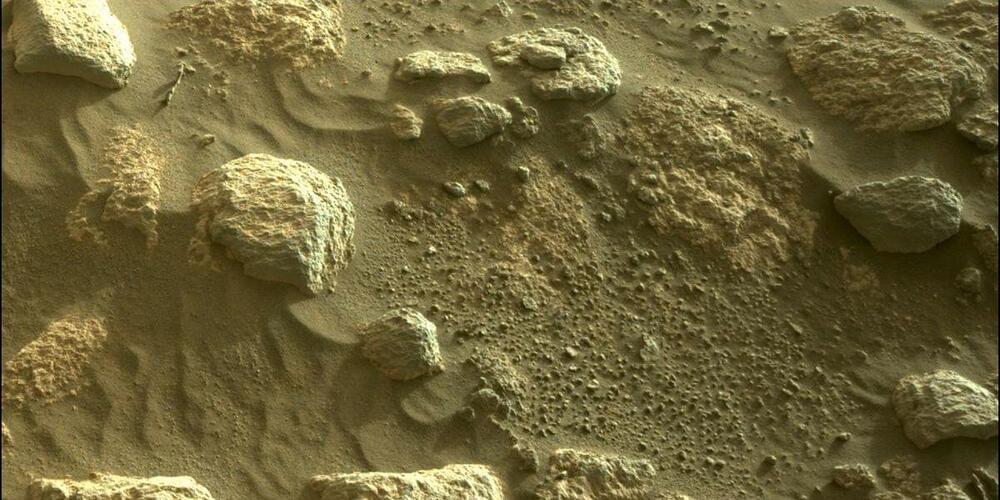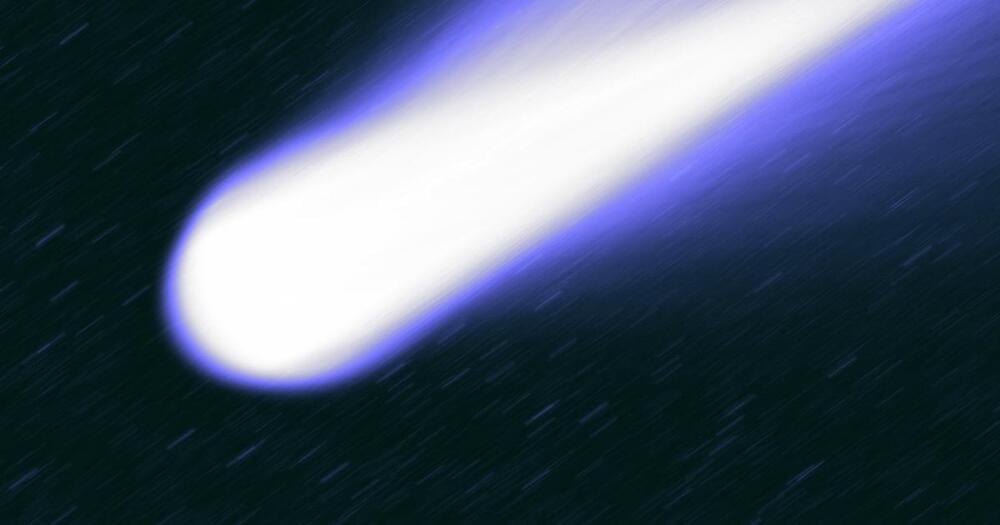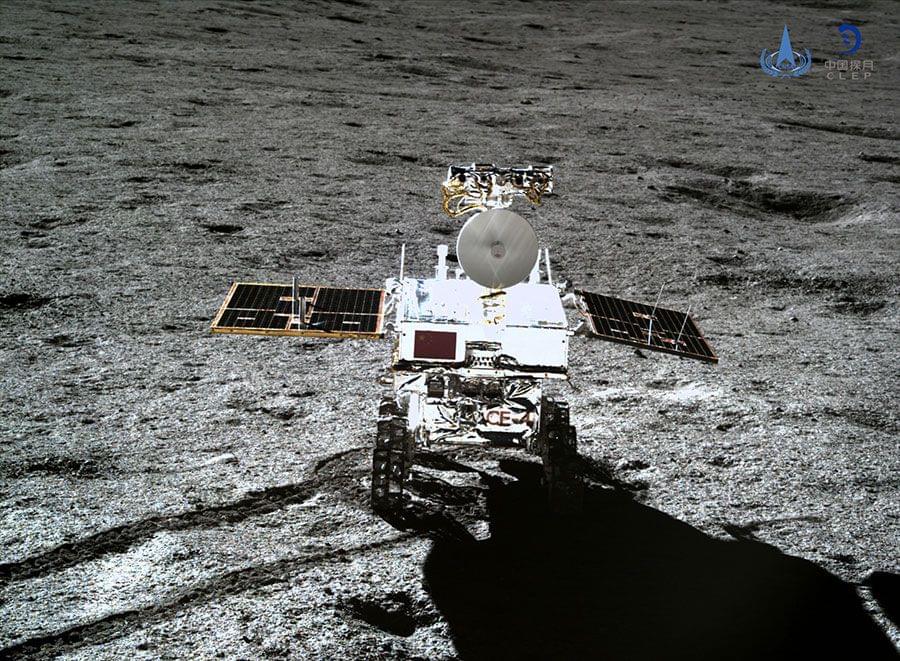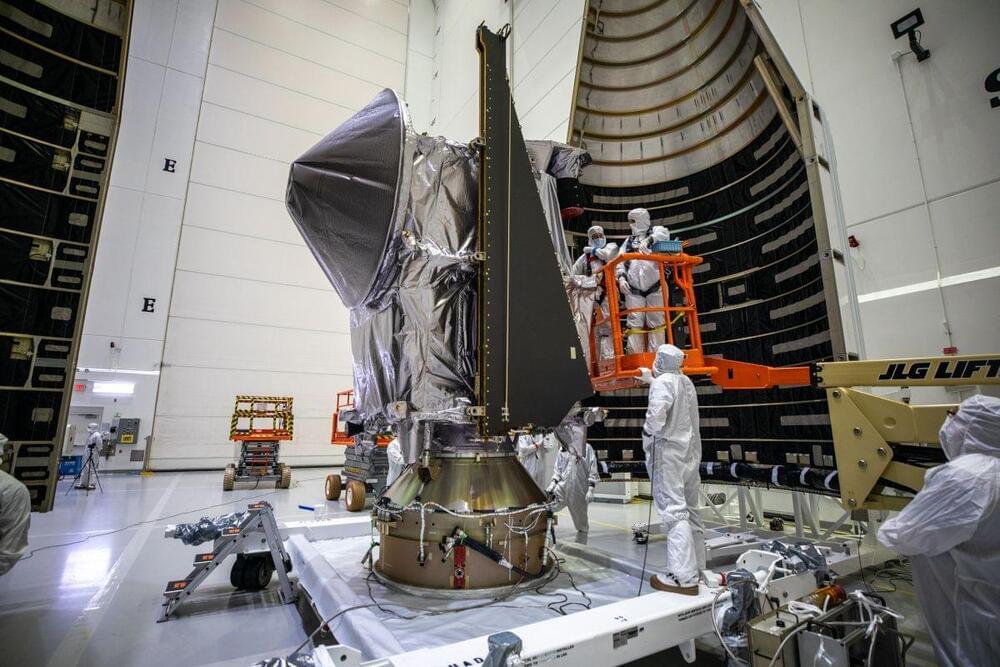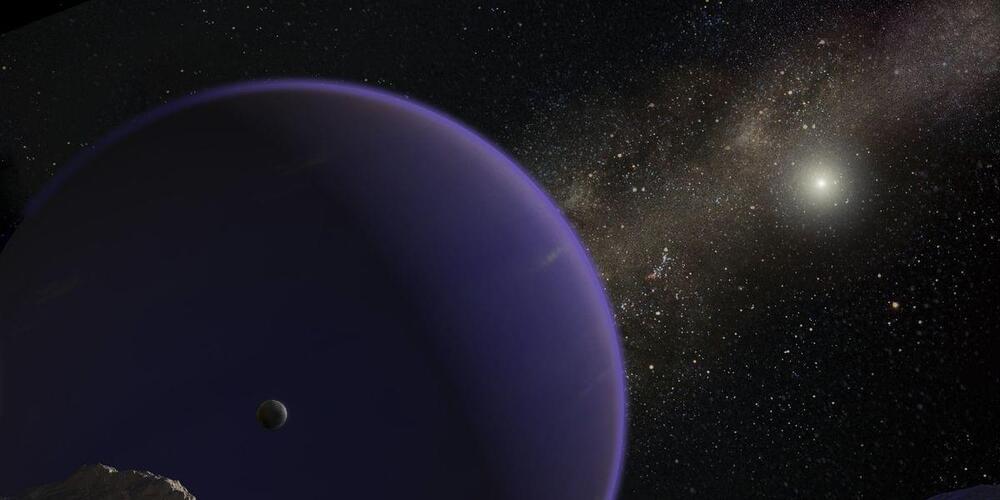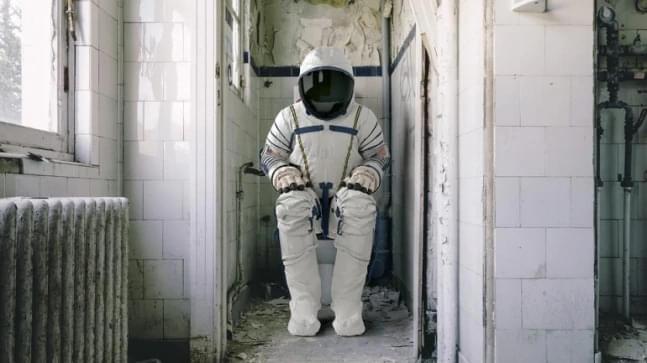NASA is getting ready to launch a new science spacecraft Saturday (Oct. 16) to study asteroids near Jupiter, and you can watch mission coverage live all week.
Lucy — which will study Trojan asteroids, or asteroids that share the orbit of the giant planet — will fly to space from Cape Canaveral Space Force Station in Florida aboard a United Launch Alliance Atlas V rocket. With blast-off targeting 5:34 a.m. EDT (0934 GMT), live launch coverage will begin at 5 a.m. EDT (0900 GMT) on NASA Television, the NASA app, NASA social media channels and here at Space.com.
